
Preservation was characterized Ministry of the Environment in sanatorium building in Parnit. This is a 1930s building with a very remarkable history as it was converted from a sanatorium to Xenia and a tourist training school until it was closed in the mid 1980s. The building belongs State Real Estate Companywho intends to continue its operation.
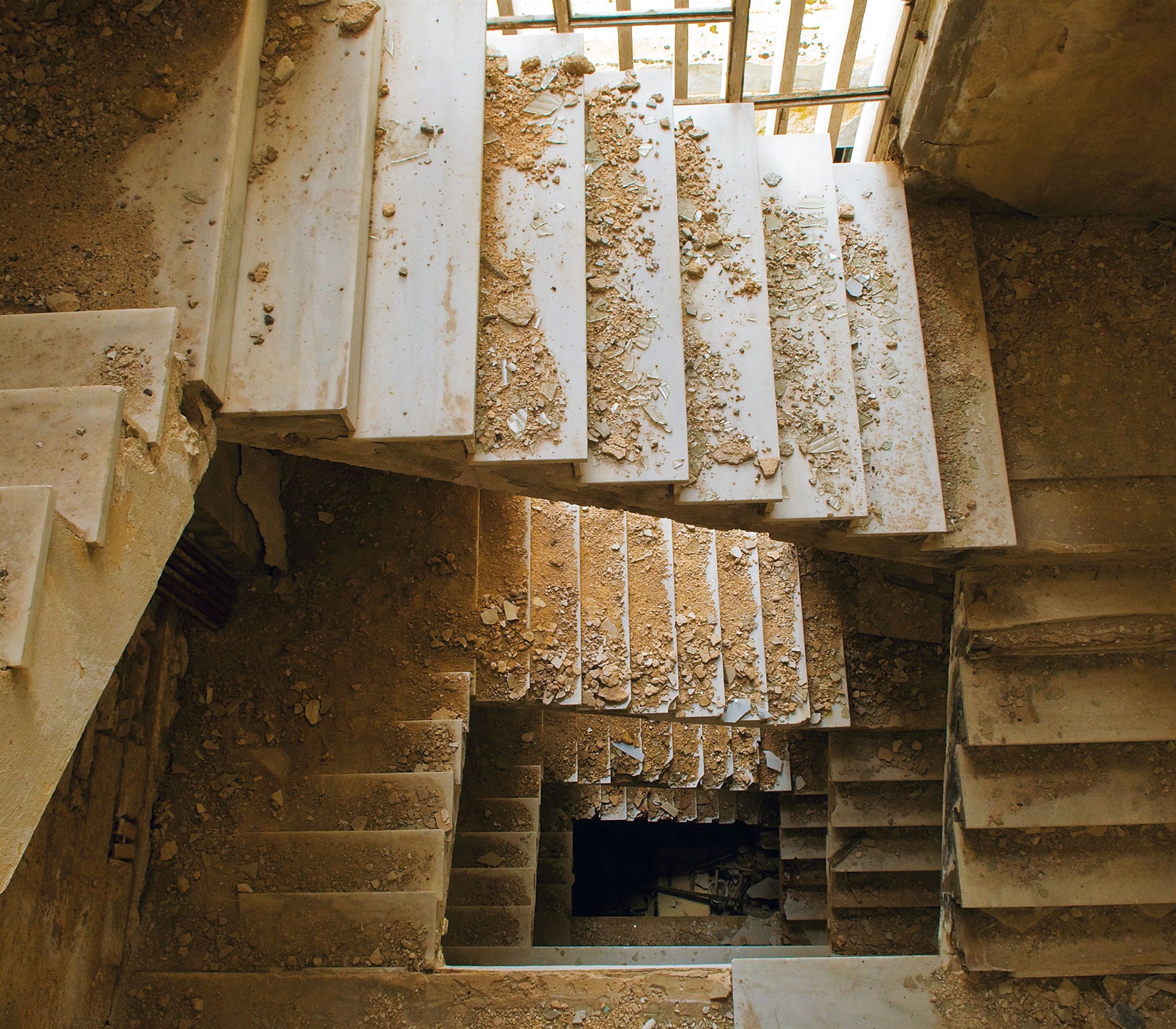
The decision to classify the sanatorium was signed at the end of July and published yesterday in Diaugia. “The original building as it stood before 1965, and not later additions and interventions that have changed its character”, has been described as serviceable. The Statement of Reasons of the Ministry of the Environment’s Building Conservation Department offers, as always, a very detailed look at its history. So, according to the service, the building was built in the 1930s on the site of a smaller 14-bed wooden sanatorium built in 1914. The territory, donated in 1914 by the Petrak Monastery to Evangelismos Hospital, was chosen after studying the air and the mountain climate in order to help as much as possible in the treatment of tuberculosis. The poet Yiannis Ritsos was also admitted to a sanatorium from October 1937 to April 1938. The industrial production of penicillin gradually led to the decline of all sanatoriums from the 40s. The Parnita sanatorium continued to operate – with a “break” during the German occupation – until the end of the 50s. In 1965, the building was handed over to the NRC and operated as Kseniya with 200 beds. However, due to its proximity to Mont Parnès, since 1967 it has been decided to host the Tourism Education Organization at the same time. Tourism schools operated there until 1984 when they were transferred to Anavyssos. Since then, the building of the sanatorium has been abandoned.
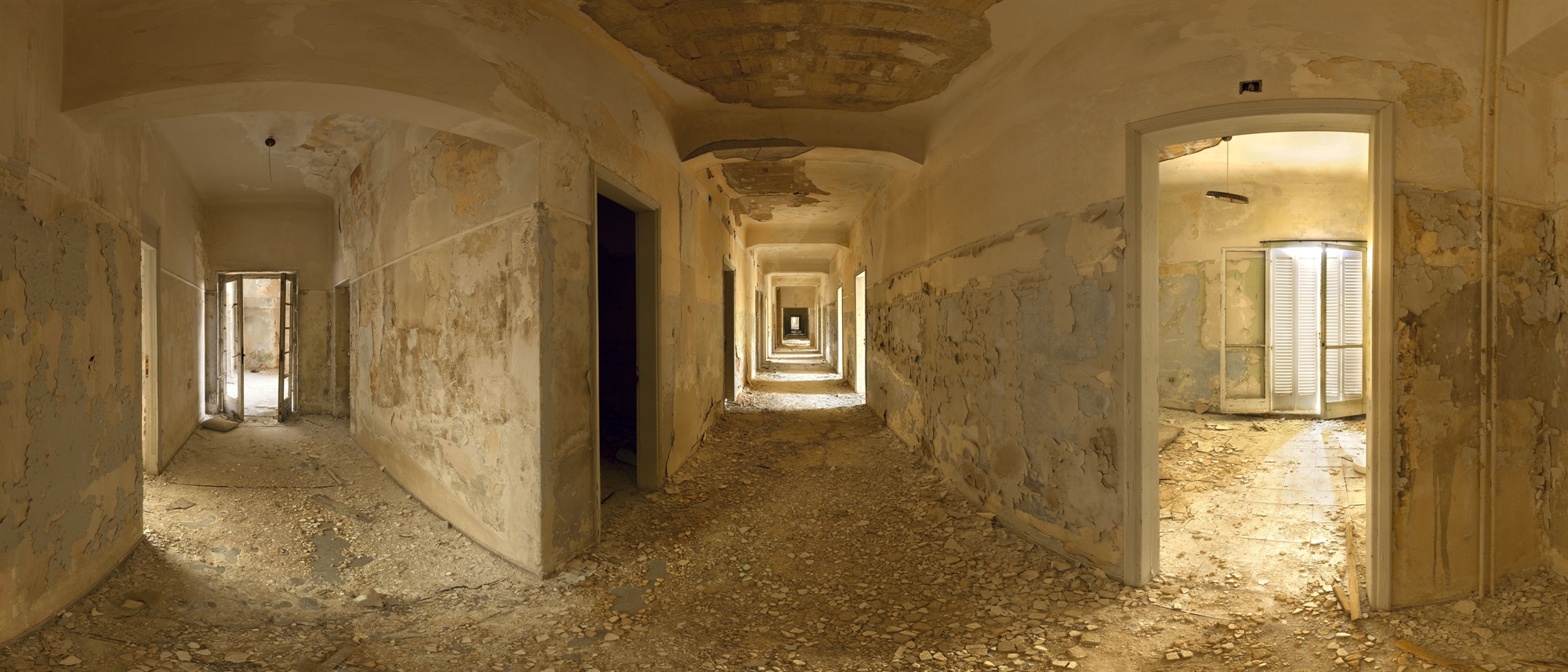
Its architectural value is also important. According to the explanatory note of the Preserved Buildings Department of the Ministry of the Interior, the building is the work of the famous architect Ioannis Antoniadis (1890-1977), an iconic figure of the interwar period, who at that time was the head of the technical department. Evangelism Services. Over the course of four years, Antoniadis visited many sanatoriums in the country and abroad and worked out eight versions of his proposal, ending with the creation of a single five-story building. The building was built in three phases, with the most interesting being its southeast façade, which was built in steps upwards so that all patients could receive sunlight.
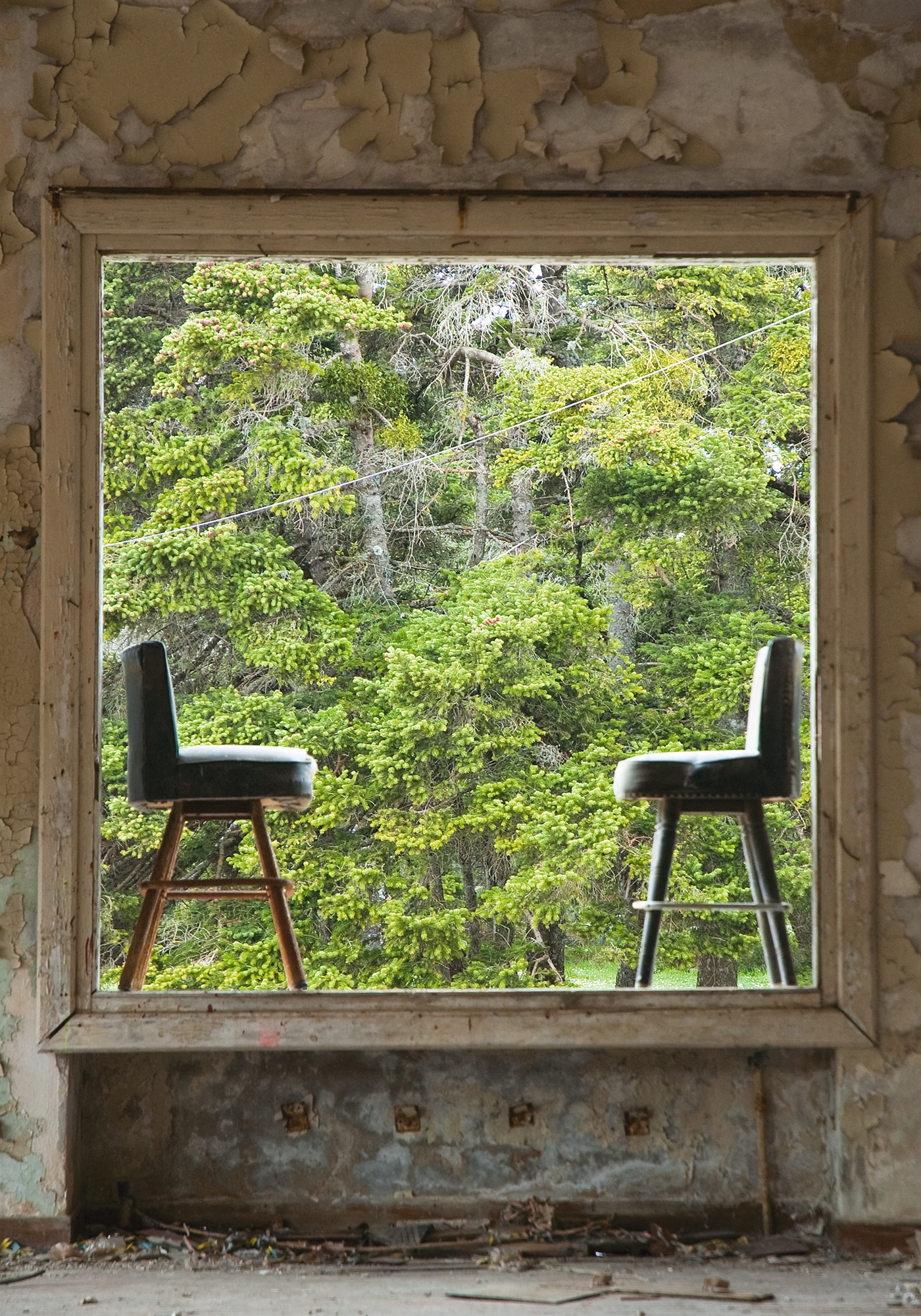
The work of the famous architect Ioannis Antoniadis, it was later transformed into “Xenia” and the school of tourism education.
When the building was converted into a hotel by EOT, many changes were made to the building, overseen by architect Spyros Bonanos. Most important was the relocation of its main entrance, which was on the ground floor, with the addition of a staircase. The superstructure of the floors was also important, where the building was developed in stages, with the goal that its entire volume reached five floors.
According to experts of the Ministry of Internal Affairs, the building was vandalized and a strong image of abandonment developed inside it, as floors and frames were torn off, metal railings were stolen. “This is one of the few examples of sanatorium buildings in the Greek region of such a scale that it has retained many elements of its original appearance. We consider it a building that marks the history of Greek sanitariums – as an important chapter in the difficult era of tuberculosis – which, like other sanitariums, disappears with what it represents. Their use, including new compatible uses, would highlight this forgotten part of our history in the modern world (…) It is also one example of the architecture of the famous architect Ioannis Antoniadis, which moves between the Greek version of Art Deco style. and to emerging modernism,” concludes the service.
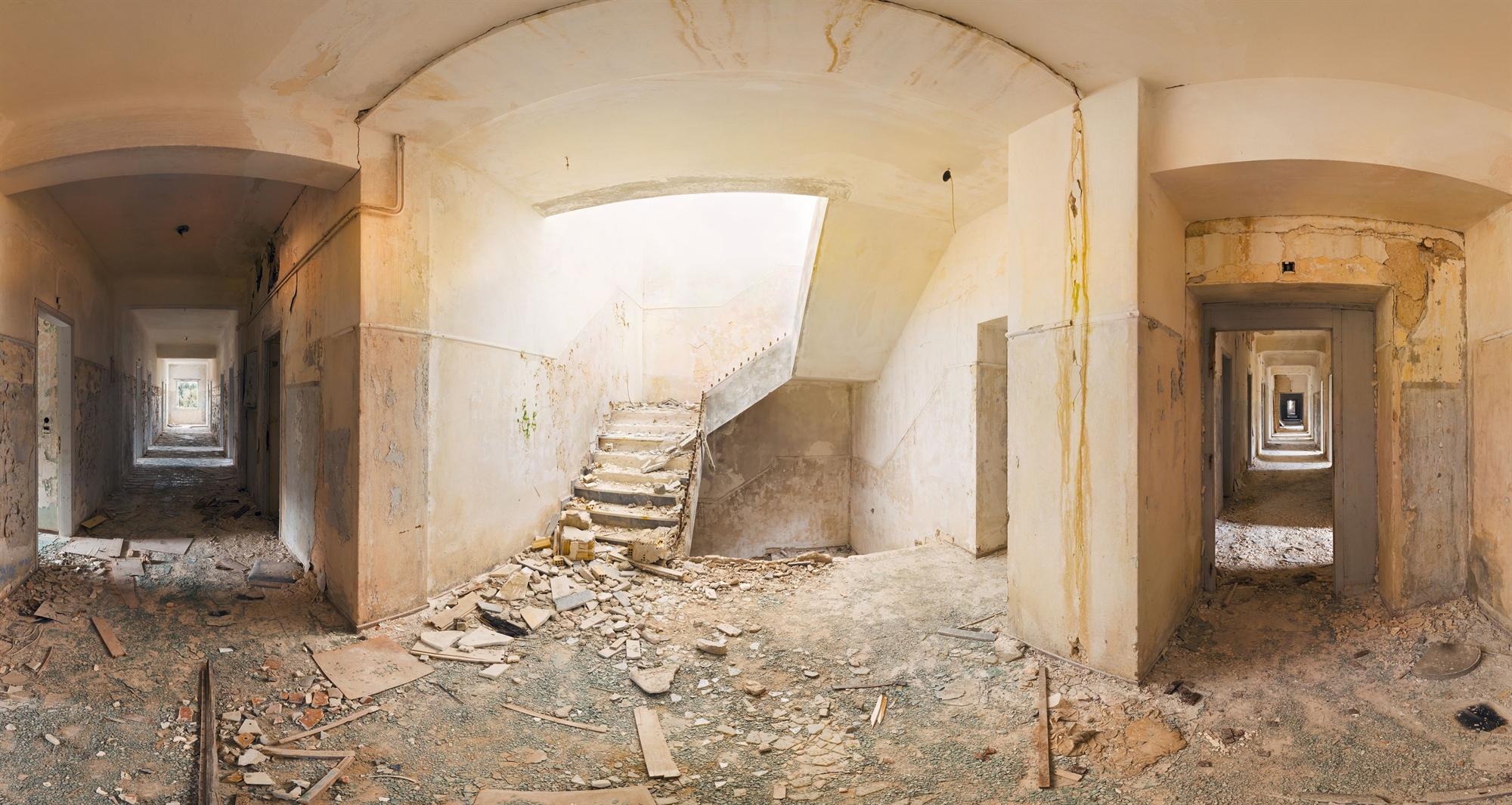
The decision is equivalent to saving the building and gives ETAD SA the basis for its further operation. Permitted use of the “tourism-recreation” section, so the decision lies in this direction. Currently included in the Recovery Fund is the preparation of a feasibility study (€280,000) on the basis of which the next steps will be decided.
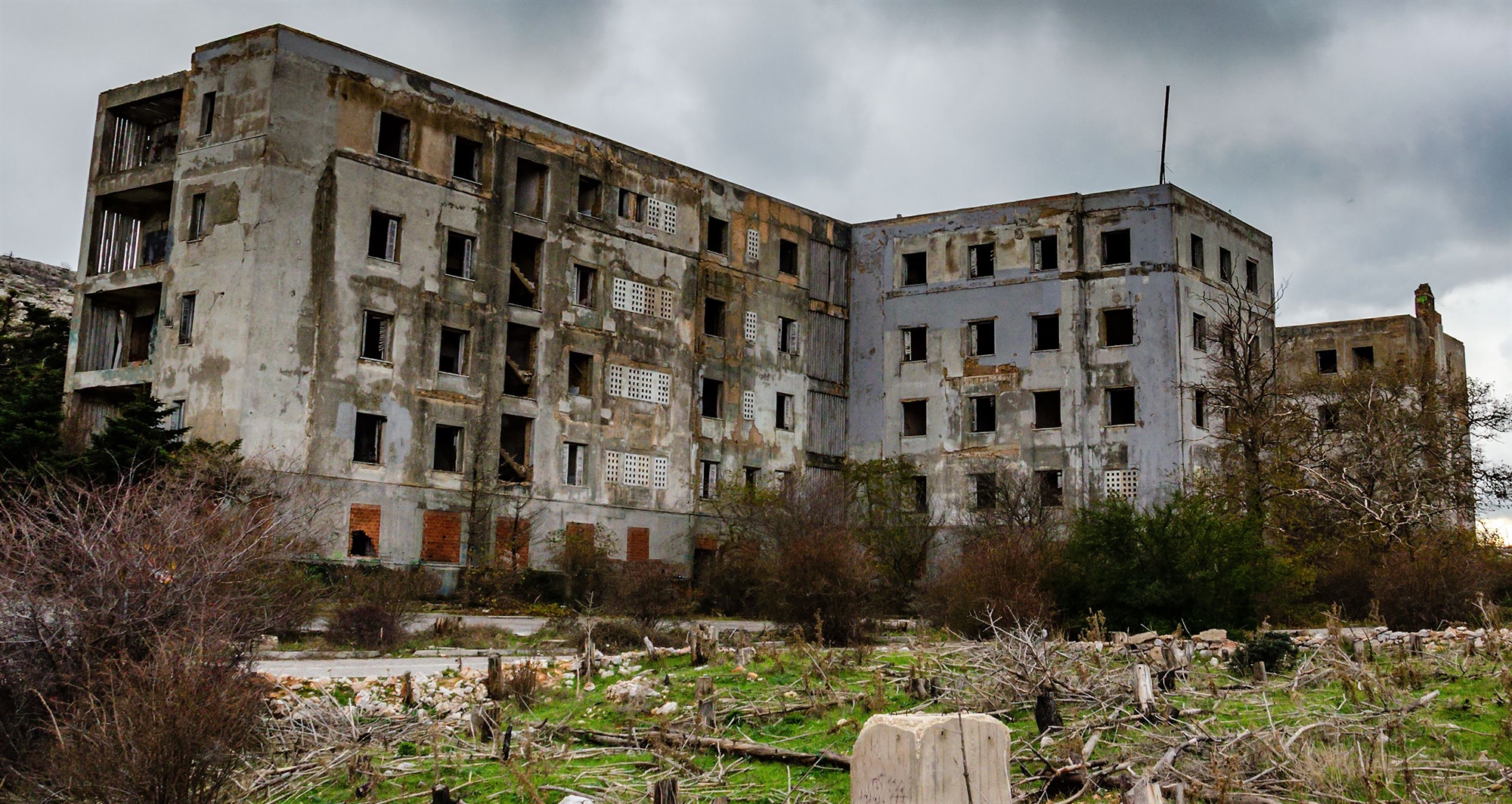
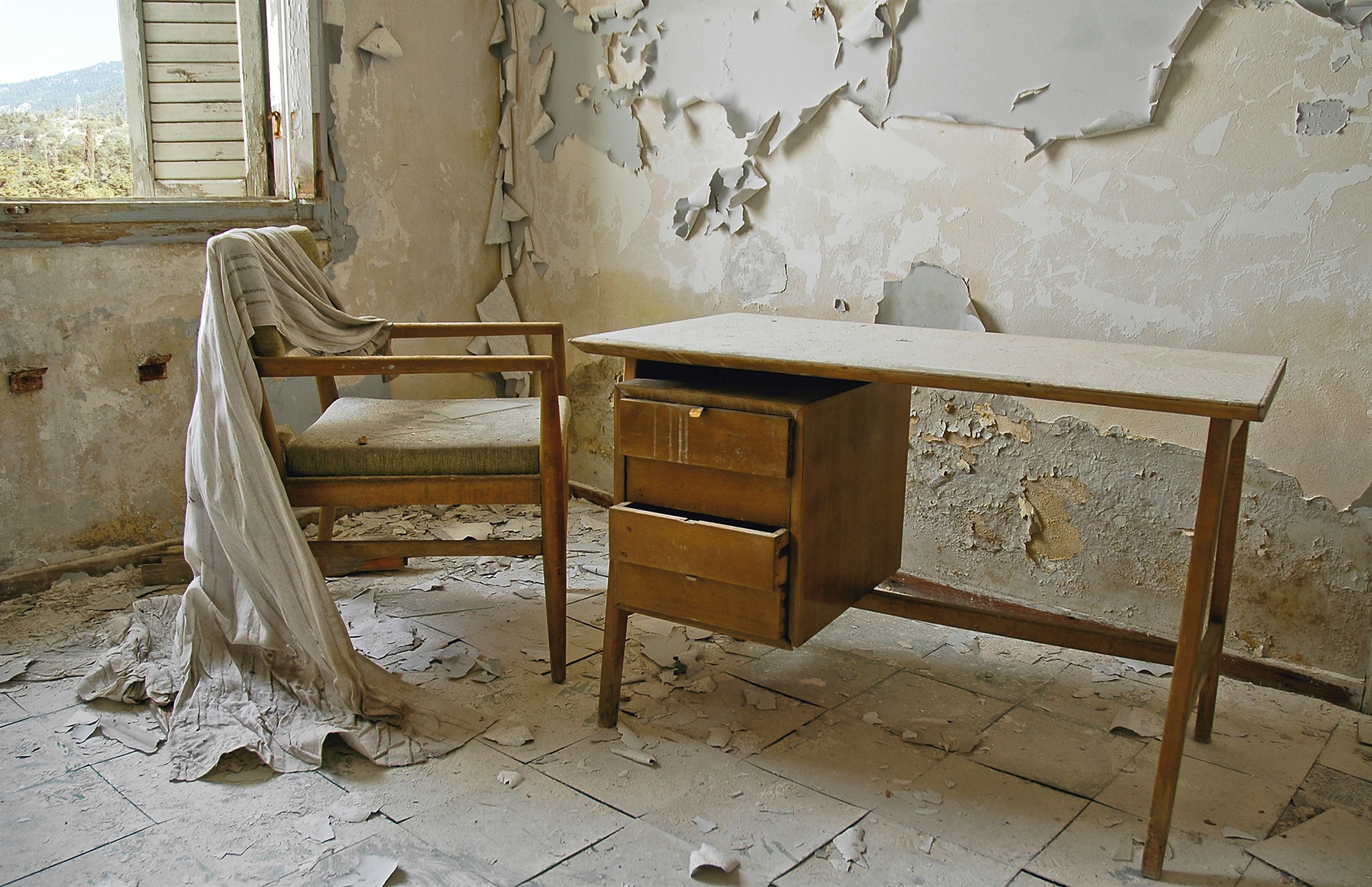
Source: Kathimerini
James Springer is a renowned author and opinion writer, known for his bold and thought-provoking articles on a wide range of topics. He currently works as a writer at 247 news reel, where he uses his unique voice and sharp wit to offer fresh perspectives on current events. His articles are widely read and shared and has earned him a reputation as a talented and insightful writer.